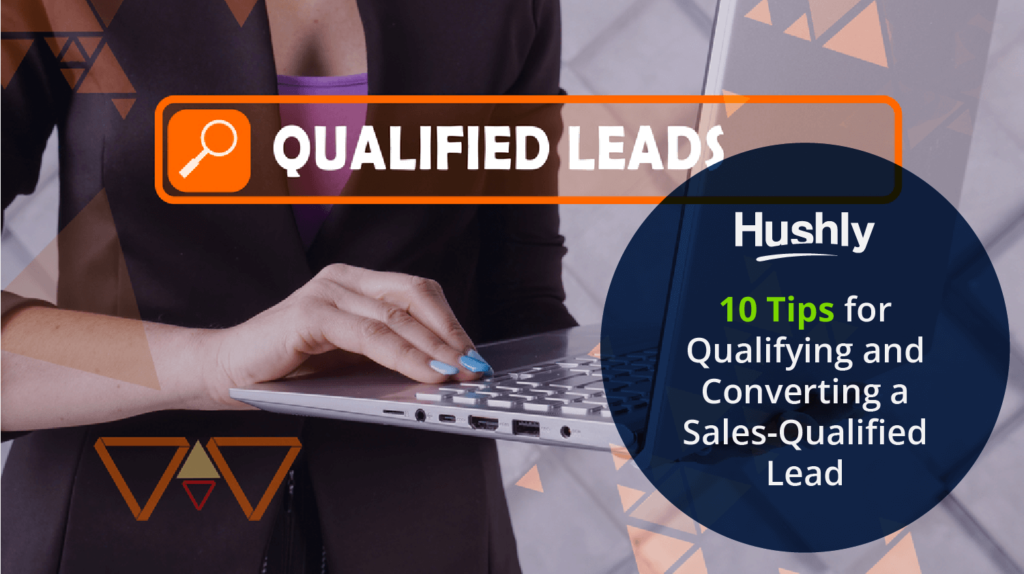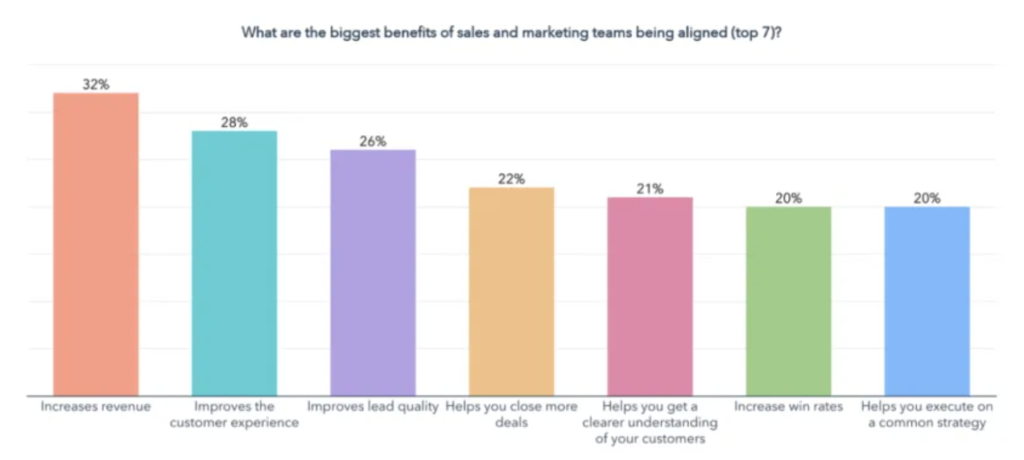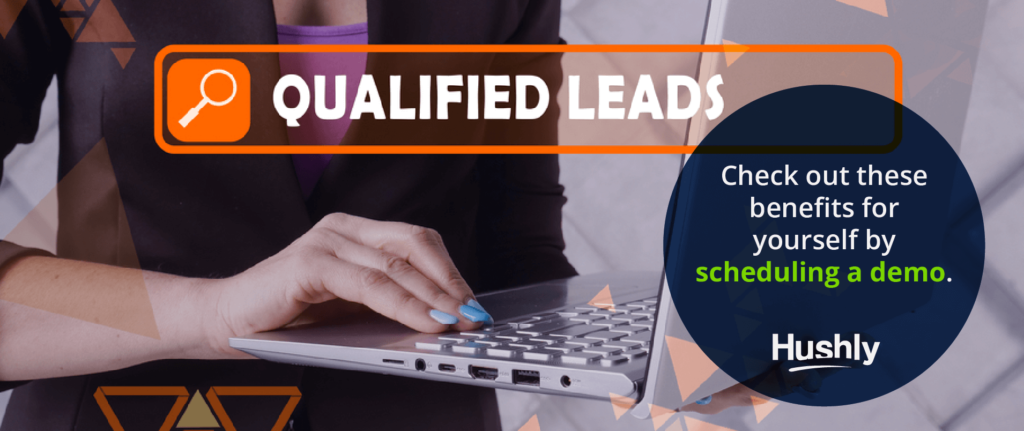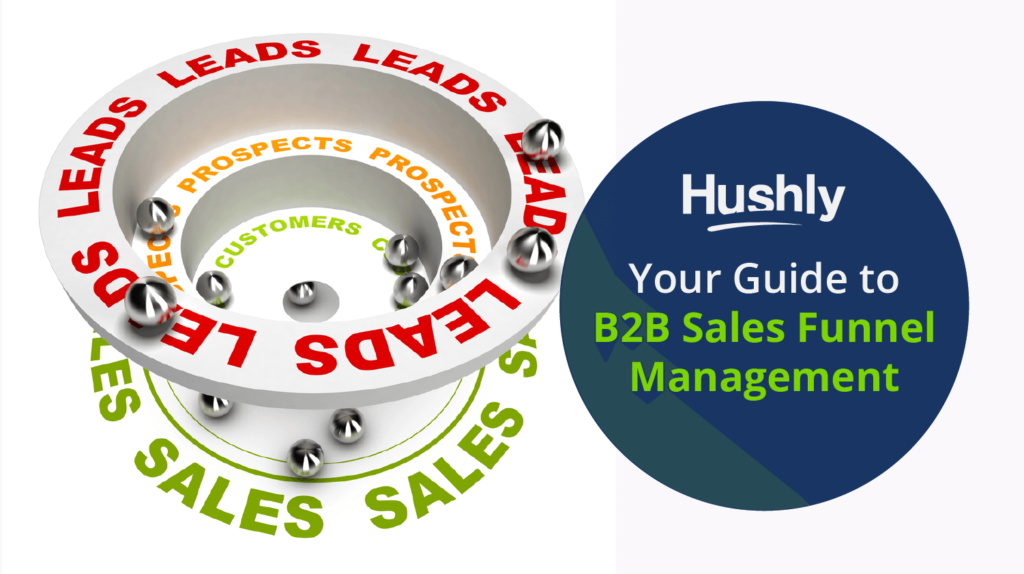Filters
Content Type
Topic
10 Tips for Qualifying and Converting a Sales-Qualified Lead
Most marketers have experienced the frustration of generating thousands of leads only to lose the majority. Some leads didn’t match your target audience, while others went to competitors.
Even when you convert a lead into a sales-qualified lead, you still encounter hurdles that result in more losses.
Is there a better way?
Hushly believes there is. That’s why we offer our AI-powered conversion cloud that transforms how you qualify and converts sales-qualified leads.
Explore ten tips to modernize your sales qualification process so you can see more wins.

What is a Sales-Qualified Lead (SQL)?
A sales-qualified lead (SQL) is a prospect thoroughly vetted by the sales team that meets specific criteria indicating a high likelihood of conversion. Unlike marketing qualified leads (MQLs), primarily generated through marketing efforts, SQLs have demonstrated a genuine interest in the product or service and you deem them ready for direct sales engagement.
Here are the five signs of a SQL:
- Budget: They possess the financial resources to purchase your products or services.
- Authority: They have the decision-making power within their organization.
- Need: They recognize a problem your product or service solves.
- Timeline: They have a defined timeframe for making a purchase decision.
- Engagement: They actively engage with your marketing materials, such as attending webinars, downloading white papers, or requesting demos.
How to Qualify a Lead in Sales
There are several ways to identify a sales-qualified lead. Here are four of the most popular strategies:
- Lead Scoring: Assign points based on specific actions like downloads, demos, and website visits. These points indicate interest, and a high score signifies an SQL.
- BANT Framework: Evaluate prospects based on budget, authority, need, and timeline to gauge their purchase readiness.
- Engagement Analysis: Track interactions with marketing materials to identify individuals demonstrating active interest.
- Sales-Marketing Alignment: Collaborate with marketing to establish clear criteria for what constitutes an SQL based on ideal customer profiles and sales goals.
How to Move from Lead to SQL
Once a lead qualifies as an SQL, the stage is set for targeted sales engagement. Here’s how that might look:
- Handoff from Marketing: Marketing nurtures the lead with valuable content, but they transition them to the sales team once they reach SQL status.
- Sales Outreach: Sales reps initiate personalized contact. You want to focus on the prospect’s specific needs and challenges for the best results.
- Deep Dives: Go in-depth through deep conversations and product demonstrations to showcase your solution’s value propositions and address specific concerns.
- Proposal and Negotiation: Sales reps present tailored proposals and negotiate mutually beneficial terms.
- Closing the Deal: With genuine interest, effective communication, and a clear value proposition, you can easily convert your lead into a loyal customer.
Transforming More Leads to SQLs Through SQL Optimization
Discover ten tips on how to qualify a sales lead by optimizing the sales process.
1. Define an Ideal Customer Profile (ICP)
Begin by defining your ideal customer profile based on industry, company size, demographics, and pain points.
The ideal customer profile is changing, especially for B2B buyers, where there’s an average of seven decision-makers in every purchase decision. You’ll need to account for each of these individuals in your profiles.
This step should occur with your marketing department to ensure you’re both on the same page. The ideal customer profile helps you identify your SQL but also helps marketing attract more SQL-ready leads and prepare them for closing.
2. Establish Qualification Criteria
How will you know when a lead is ready for closing? To streamline the process, establish criteria for determining a lead is an SQL. Choose your benchmarks, such as your target lead budget and timeline.
The more precise your qualification criteria are, the more qualified your leads will be.
3. Use Lead Scoring
Input your benchmarks into a lead scoring system. By automating lead scoring using data Hushly collects, you’ll streamline the process and lose fewer leads.
Instead, a system will assign points and notify your sales department when it’s time to take over.
4. Engage in Active Listening
While sales are about selling a product, it’s even more about listening.
During initial conversations with prospects, focus on actively listening. Active listening is understanding their challenges, goals, and pain points.
You want to understand where they come from so you can build a layer of trust. If they feel you hear and understand them, the prospect is more likely to respond positively to your sales pitch. You will also be able to personalize your message even more effectively.
5. Ask Qualifying Sales Lead Questions
Even if you have a sales-qualified lead, take time to ask qualifying questions. By using a minimum of 11 questions, you can increase your sales success by as much as 74%.
Determine the lead’s interest level, decision-making authority, and readiness for purchase. That way, you know when it’s time to give a customized pitch.
6. Evaluate Fit and Intent
As the lead answers questions about their interest and purchase power, always return to the profiles you created. Those profiles will help keep you on track, so you don’t spend too much time on prospects who are poor fits for your company.
7. Leverage Sales Enablement Tools
Use sales enablement tools like CRM software, marketing automation platforms, and predictive analytics to streamline the lead qualification process. On average, 97% of sales leaders agree AI tools free up more time to focus on selling.
Hushly offers an all-in-one conversion cloud with the latest sales enablement tools. Our AI-powered tools automate many stages in the sales funnel, such as lead scoring and data collection. Through our tool, you’ll be able to more accurately qualify leads and offer a hyper-personalized experience that will help build trust with those leads.
8. Collaborate with Marketing
The success of your sales team will rely extensively on the marketing team’s success. For best results, maintain open communication and collaboration with the marketing team to ensure alignment on lead qualification criteria and effective handoff processes.
About 28% of sales reps say the most significant benefit of this alignment is a positive customer experience. When marketing shares information with sales, the sales team is already informed about customers when they begin their interactions, creating a seamless handoff.

Image from HubSpot
9. Provide Value and Education
Education is a crucial part of lead nurturing. Even though the lead is now an SQL, it doesn’t mean the education has to stop. It’s more important now than ever.
This is your last chance to educate the customer and highlight your strengths.
Position yourself as a trusted advisor by providing valuable insights, resources, and education to prospects throughout the sales process. Share these insights through emails, webinars, eBook downloads, and blog posts.
10. Continuously Refine and Optimize
Regularly review and refine your lead qualification criteria and processes based on feedback, data analysis, and changing market dynamics.
By looking at your process and mapping it out, you can identify bottlenecks and areas where you tend to lose leads. Then, use your data to strengthen those areas with fresh strategies that keep leads moving toward that golden finish line.
Convert More of Your Sales Qualified Leads
You don’t need to lose any more leads.
A strategic sales-qualified lead process ensures a smooth handoff from marketing, a fully aligned team, and a higher chance of conversion.
Hushly fuels this smooth process through tools that automate many of the steps. Plus, AI-powered systems drive more leads toward conversion through personalized strategies.
Check out these benefits for yourself by scheduling a demo.
The post 10 Tips for Qualifying and Converting a Sales-Qualified Lead appeared first on Hushly.



